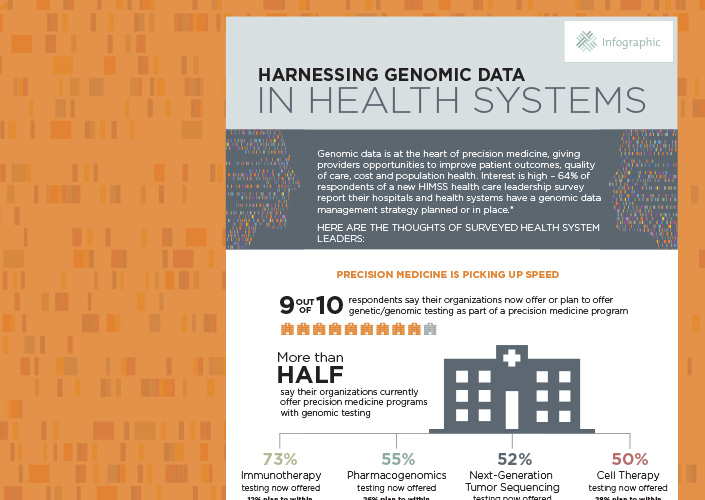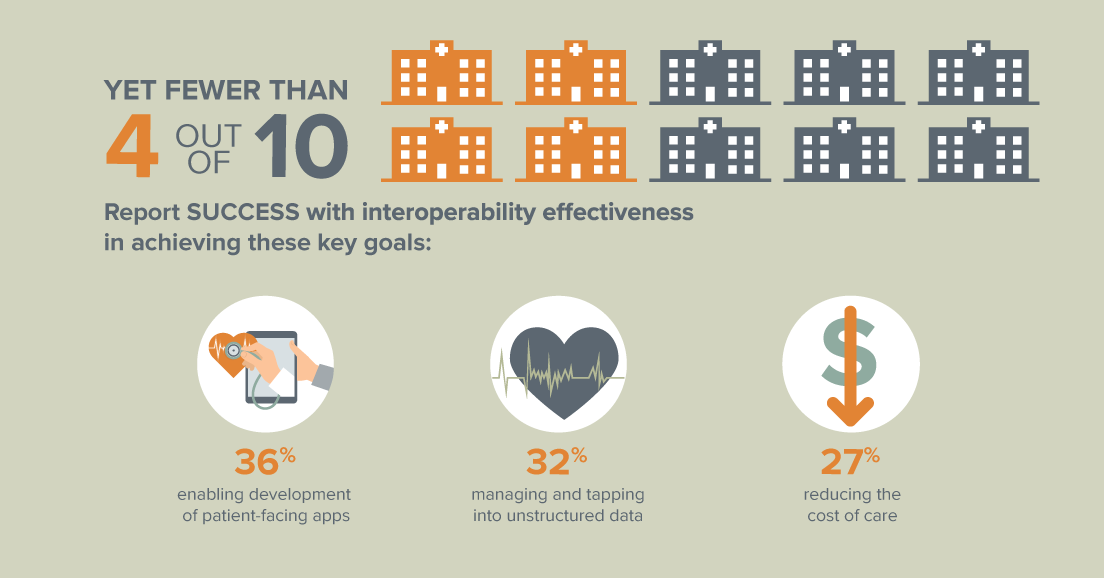See key findings from CCM report on digital tools at health systems and download the full infographic
Patient-facing digital tools are more important than ever for health systems as more health care services move online.
To understand which tools health systems were using and planning to use, as well as challenges to implementation and providing a quality patient experience, the Center for Connected Medicine (CCM) produced The Future of the Digital Patient Experience, a report based on survey research conducted in partnership with HIMSS Media.
The survey asked a mix of information technology (IT), informatics, business, and clinical executives at health systems about how their organizations are approaching the adoption of patient-facing digital health tools. The survey was administered in September 2019.
For more on digital health tools, you also can read an executive response to the research findings from a UPMC digital health leader overseeing the health system’s MyUPMC platform.
View six key findings from the research below.
1. Access to care is biggest driver
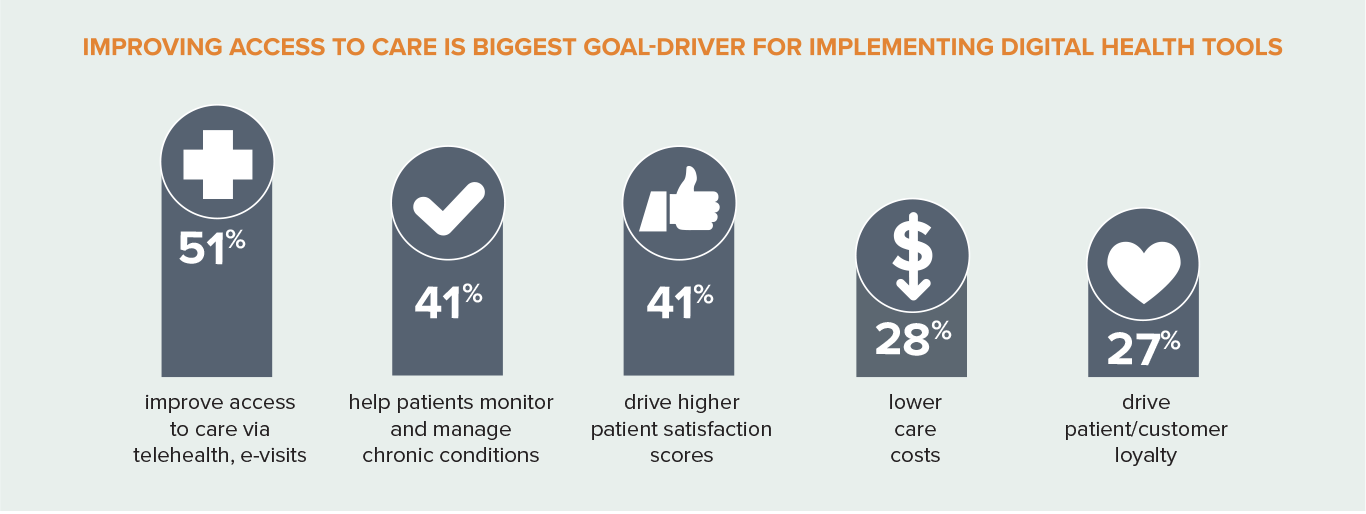
Survey respondents said the biggest driver for implementing patient-facing digital tools was to improve access to care, a response that takes on added significance with the shift to virtual care during COVID-19. Other top answers were to help patients monitor and manage their health, deliver higher patient satisfaction, lower the cost of care, and drive loyalty among patients.
Read about how CCM partner UPMC, a large integrated delivery and financing network, leveraged telemedicine and other digital tools in response to Covid-19.
2. Digital tools are available, but may need to improve

Three-quarters of survey respondents said their organization had at least one digital tool available to patients. As patients increasingly seek out digital solutions for their health care needs, it is essential for health systems to be active in the digital world.
However, less than one-third of respondents believed that their digital tools were offering the best possible consumer experience, suggesting health systems have room to improve their digital tools.
3. Current tools are focused on basic tasks
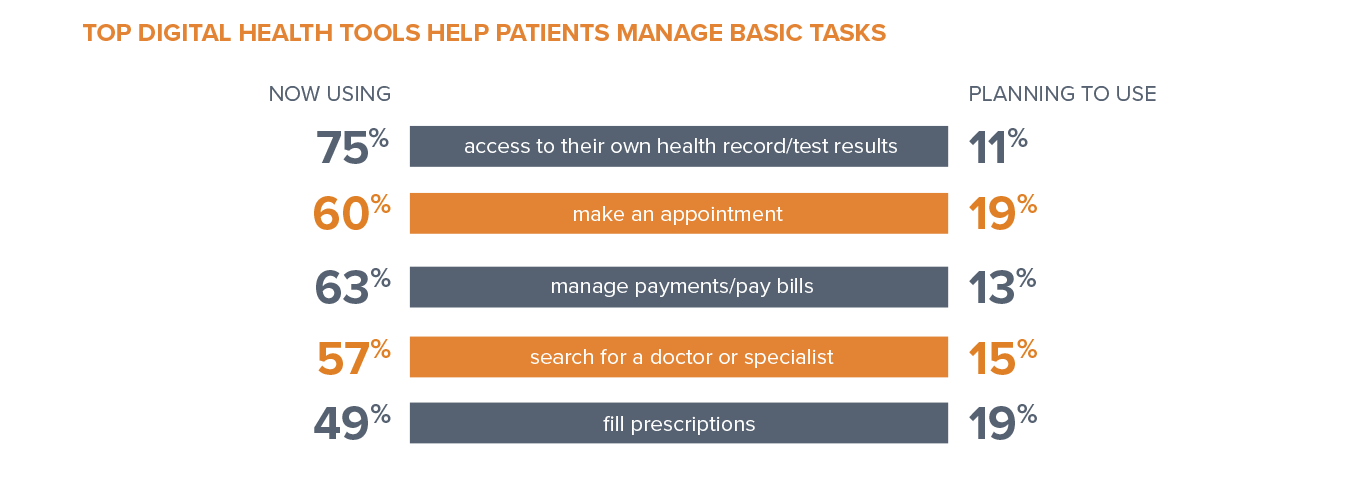
While many health systems are offering their patients digital tools, their functions are limited to administrative and logistical tasks such as viewing health records, making appointments, paying bills, searching for providers and filling prescriptions.
4. Check-in and arrival management are top tools for the future
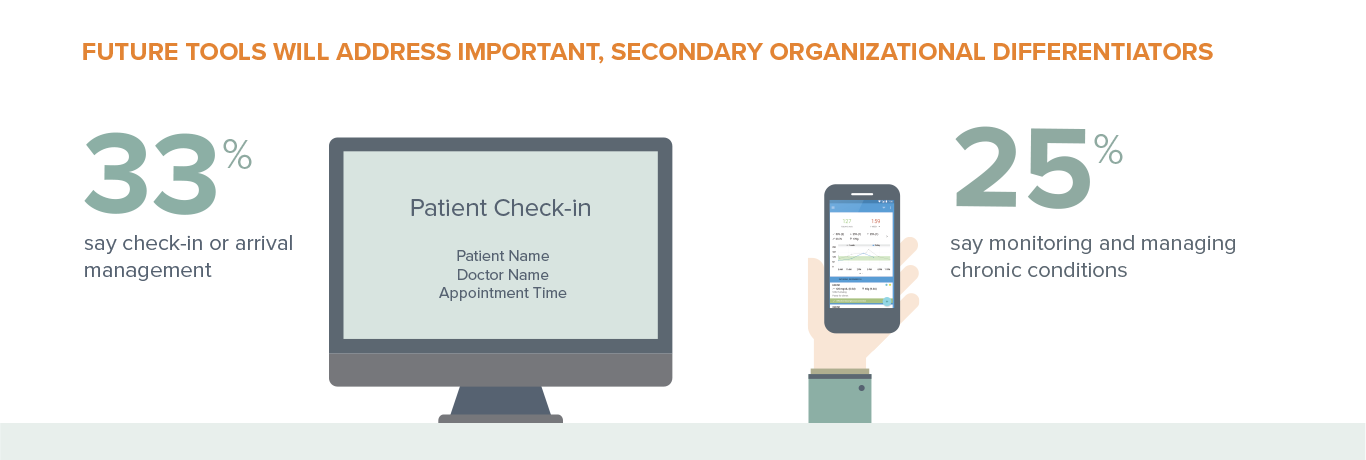
Check-in and arrival management were cited as the top tools health systems were planning to implement in the next 12 months. Tools to help patients monitor and manage a chronic condition was the second-highest cited.
5. Cost is biggest adoption challenge
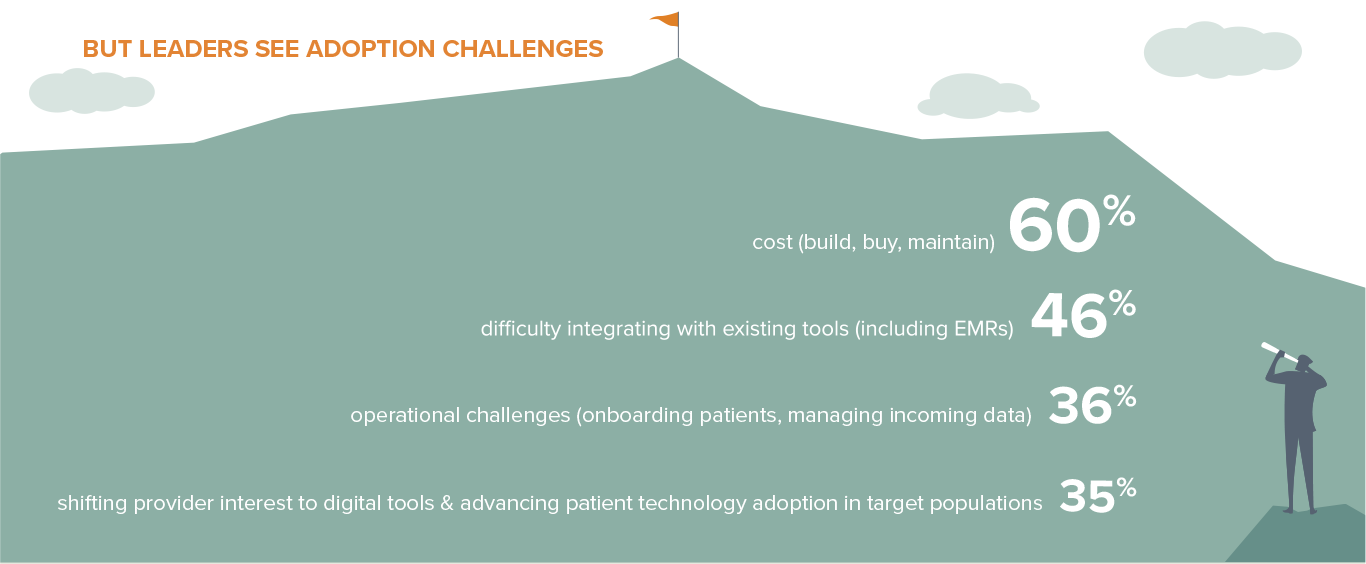
There are many challenges to adopting digital tools at health systems. Survey respondents cited the cost to build, buy and maintain tools, difficulty integrating tools with existing systems such as electronic health records, and operational roadblocks as the top obstacles.
6. Digital tools are a critical or high priority

Yet, despite the challenges, health systems are acutely aware of the need to implement digital tools for their patients. Half of survey respondents agreed that patient-facing tools were a critical or high priority for their health system. And larger health systems were even more likely to see digital tools as a priority.
Learn more about digital tools at health systems
Watch our webinar on-demand and hear from health system and technology leaders about how providers are leveraging digital tools as in-person services expand.
Download the CCM’s research report, “The Future of the Digital Patient Experience,” to learn more about health system priorities for digital tools and where they are investing.


